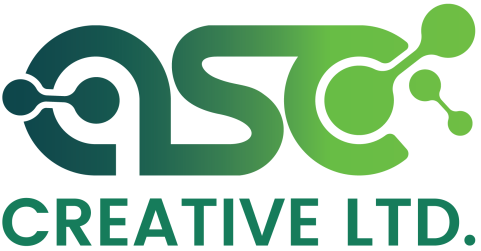Unlock the Power of AI for Operational Excellence
AI Audit
Embarking on your AI audit is simple and insightful.
It begins with step one where you create and upload up to five voice recordings addressing the questions outlined on this page, providing us with valuable insights into your business landscape.
Once you’ve shared your thoughts, step two invites you to schedule a meeting with our team so we can clarify any responses and present a tailored report, ensuring that our findings resonate with your strategic vision and set the stage for transformative growth in your operations.
Maximizing Business Efficiency
The Critical Role of Workflow Assessment in Automation Success
Elevate Your Business with AI & Automation
Unlock the potential of your business by integrating AI and automation solutions. Take the next step towards streamlined operations and enhanced productivity with ASC Creative Ltd. Embrace innovation today and transform your business landscape.
